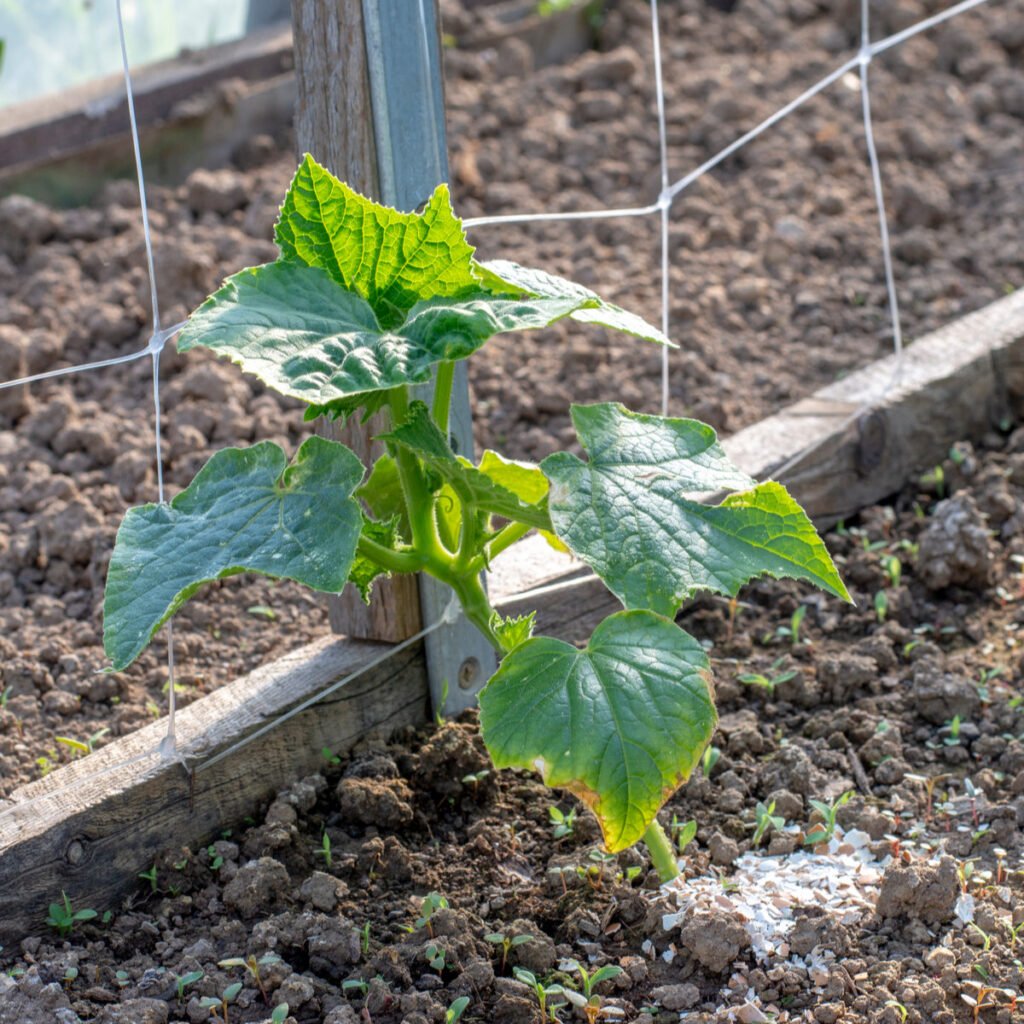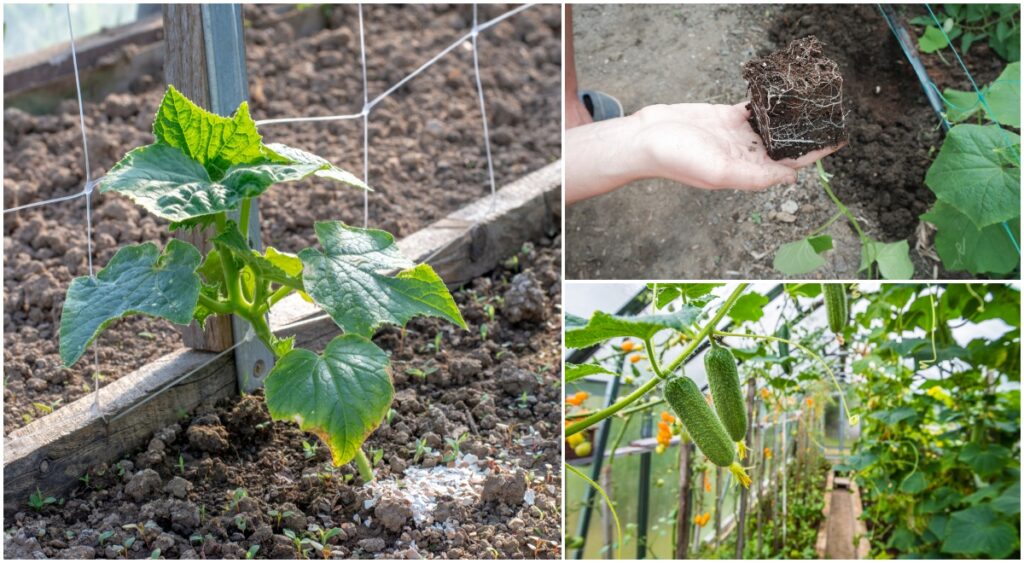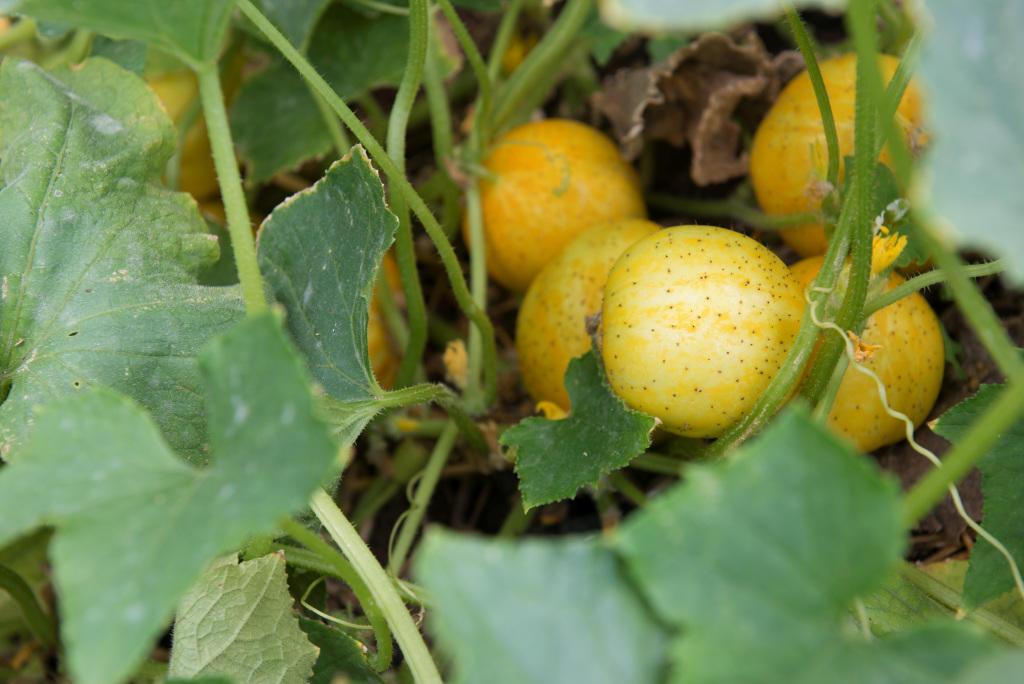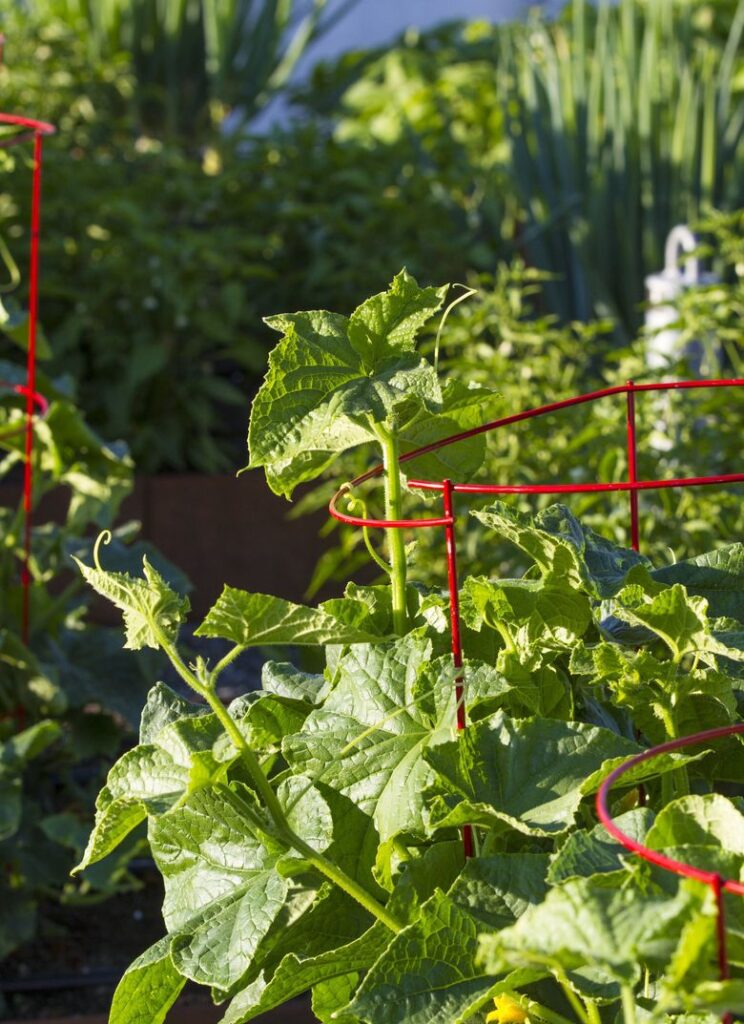So you’re looking to start your own garden in Oregon and you’ve got your heart set on planting some fresh cucumbers. You’ve come to the right place! Finding the best time to plant cucumbers in Oregon can be a bit tricky, but with a little guidance, you’ll be growing your own delicious cucumbers in no time. In this article, we’ll explore the optimal planting time for cucumbers in Oregon, taking into consideration the climate and growing conditions of this beautiful state. Whether you’re a seasoned gardener or a newbie, we’ve got all the information you need to get your cucumber plants off to a fantastic start. So grab your gardening gloves and let’s get planting!

Factors to Consider
Before deciding when to plant cucumbers in Oregon, there are several important factors to consider. These factors include climate, soil preparation, frost dates, and variety selection. By understanding these aspects, you can ensure optimal growing conditions for your cucumber plants and increase your chances of a successful harvest.
Climate
Understanding the climate in Oregon is crucial when determining the best time to plant cucumbers. Factors such as temperature, rainfall, and sunlight play an essential role in the growth and development of cucumber plants.
Temperature
Cucumbers thrive in warm weather, with temperatures ranging between 70 to 95 degrees Fahrenheit during the day and between 60 to 70 degrees Fahrenheit at night. Planting cucumbers when the temperatures are consistently within this range will promote healthy growth and fruit production.
Rainfall
Cucumber plants require adequate moisture to flourish. While they need regular watering, it is essential to consider the rainfall patterns in your specific area of Oregon. If your region receives consistent rainfall, you may not need to water as frequently. However, if rainfall is scarce, supplementary irrigation may be necessary to keep the soil adequately moist.
Sunlight
Sunlight is another crucial factor to consider when planting cucumbers. These plants thrive in full sun, meaning they require at least 6 to 8 hours of direct sunlight per day. When selecting a planting location, ensure it receives ample sunlight to promote vigorous growth and optimal fruit production.

Soil Preparation
Proper soil preparation is vital for the successful growth of cucumbers. By understanding your soil type, pH levels, and incorporating necessary amendments, you can create an ideal environment for your cucumber plants to thrive.
Soil Type
Cucumbers prefer well-draining soil with good moisture retention. Sandy loam or loamy soil is considered ideal for cucumber cultivation. These soil types offer proper drainage while also retaining enough moisture for the plants. If you have heavy clay or compacted soil, consider incorporating organic matter or using raised beds to improve drainage and create a more favorable growing environment.
Soil pH
The pH level of your soil also plays an essential role in cucumber production. Cucumbers prefer slightly acidic to neutral soil, with a pH range between 6.0 and 7.0. If your soil is too acidic or alkaline, you can adjust the pH by incorporating organic matter or using soil amendments specifically designed to balance pH levels.
Soil Amendments
Before planting cucumbers, it is beneficial to enrich the soil with organic matter such as compost or well-rotted manure. These amendments improve soil structure, enhance nutrient content, and promote healthy root development. Additionally, incorporating balanced organic fertilizers can provide essential nutrients required for vigorous growth and abundant fruiting.
Frost Dates
Understanding the average frost dates in your region is crucial when planning the timing of your cucumber plantings. Frost can damage or kill young cucumber plants, so it is important to plant after the danger of frost has passed and before the first fall frost date.
Average Frost Dates
In Oregon, the average frost dates typically vary across different regions. The western parts of the state, such as the Willamette Valley, generally have later average frost dates compared to the eastern parts, such as Eastern Oregon or the high elevations of the Cascade Mountains. Consulting local agricultural extension services or using online resources can help you determine the average frost dates specific to your area.
Last Spring Frost Date
To avoid frost damage, it is recommended to plant cucumbers after the last spring frost date. In most parts of Oregon, the last spring frost occurs between late April and mid-May. Waiting until after the last frost ensures that your cucumber plants have a higher chance of survival and reduces the risk of stunted growth or failed crops.
First Fall Frost Date
Similarly, it is essential to know the first fall frost date in your region. This date marks the end of the growing season and can guide you in determining the suitable timing for fall plantings or for harvesting any remaining cucumbers. In Oregon, the first fall frost typically occurs between late September and mid-October, varying by region.

Variety Selection
Choosing the right cucumber variety is crucial for successful cultivation in Oregon. Factors such as local climate, gardening space, and personal preferences should be considered when selecting cucumber varieties.
Bush Cucumbers
For smaller gardening spaces or containers, bush cucumbers are an excellent choice. These varieties have a compact growth habit, making them ideal for limited space gardens or patio containers. Bush cucumbers also tend to be earlier maturing, allowing for earlier harvests compared to vining varieties.
Vining Cucumbers
Vining cucumbers are best suited for larger garden spaces or trellises where they can climb and spread. These varieties produce longer vines and may require vertical support for optimal growth. Vining cucumbers generally yield higher quantities of cucumbers throughout the growing season and are great for those looking for an abundant cucumber harvest.
Disease-Resistant Varieties
Oregon’s climate can be conducive to certain diseases that can affect cucumber plants. To reduce the risk of disease and increase your chances of a successful harvest, consider selecting disease-resistant cucumber varieties. These varieties are bred to withstand common cucumber diseases prevalent in the region, such as powdery mildew or cucumber mosaic virus.
Best Time to Plant
The best time to plant cucumbers in Oregon depends on various factors such as the desired harvest season, the availability of frost-free days, and the specific climatic conditions in your region. While cucumbers are typically planted in spring, there are also opportunities for summer and fall plantings.
Spring Planting
Spring is the most common time to plant cucumbers in Oregon, as it allows for a longer growing season. However, it is essential to wait until after the last spring frost date to prevent frost damage.
Summer Planting
If you miss the optimal spring planting window or wish to extend your cucumber harvest into the summer months, you can plant cucumbers in early summer. Ensure that the soil temperature has reached at least 60 degrees Fahrenheit and the risk of excessive heat is minimal. Adequate moisture is crucial during summer plantings to combat potential heat stress.
Fall Planting
Fall plantings are also an option for cucumber cultivation in Oregon. By choosing faster-maturing or short-season cucumber varieties, you can plant cucumbers in mid to late summer to take advantage of cooler temperatures and shorter day lengths. Fall plantings can result in a successful harvest before the first fall frost.

Spring Planting
When planting cucumbers in the spring, timing is crucial to ensure optimal growth and fruit production. Several factors should be considered when determining the ideal timing for spring plantings.
After Last Spring Frost Date
To avoid frost damage, it is best to plant cucumbers after the last spring frost date in your region. Waiting until after the danger of frost has passed ensures that your cucumber plants have a safe start and reduces the risk of setbacks or crop loss.
Soil Temperature
Cucumber seeds germinate best in warm soil, with an ideal temperature range between 60 and 95 degrees Fahrenheit. Before planting, ensure that the soil has warmed up adequately to promote quick and healthy seed germination. Using a soil thermometer can help you accurately gauge the soil temperature.
Air Temperature
Maintaining adequate air temperature is crucial for the optimal growth of cucumber plants, especially during their early stages. By planting cucumbers when the air temperature consistently remains above 60 degrees Fahrenheit, you provide your plants with the warmth they need to thrive.
Summer Planting
While spring is the most common time to plant cucumbers, summer plantings can be a viable option, especially if you missed the spring planting window. However, there are specific considerations to keep in mind for successful cucumber growth during the summer months.
Soil Temperature
Before planting cucumbers in the summer, ensure that the soil temperature has reached at least 60 degrees Fahrenheit. As cucumbers are warm-season plants, planting them in cooler soil can result in poor germination and slow growth. Using a soil thermometer can help you determine when the soil has warmed up adequately.
Ensuring Adequate Moisture
Proper moisture management is essential during summer plantings as high temperatures can quickly dry out the soil. Regular and deep watering is crucial for maintaining adequate soil moisture. Consider using mulch around cucumber plants to help retain moisture, reduce weed growth, and regulate soil temperature.
Avoiding Excessive Heat
While cucumbers enjoy warm weather, excessive heat can negatively impact their growth and fruit production. Providing some shade or using row covers during the hottest part of the day can help protect cucumber plants from heat stress. Additionally, regular monitoring and irrigation can help ensure that plants remain hydrated and healthy.

Fall Planting
Although less common, fall plantings can be a successful way to grow cucumbers in Oregon. By considering specific timing and variety selection, you can extend your cucumber harvest into the cooler months of the year.
Before First Fall Frost Date
To allow enough time for growth and fruiting before the first fall frost, it is crucial to plant cucumbers in the late summer or early fall. Choosing faster-maturing or short-season cucumber varieties will increase your chances of a successful harvest before the colder temperatures and shorter day lengths set in.
Cooler Temperatures
Cucumbers prefer mild to warm temperatures for optimal growth. Fall plantings take advantage of the cooler temperatures and reduced heat stress that can occur during Oregon’s autumn months. However, ensure that the temperatures remain favorable for cucumber growth and avoid planting too close to the first fall frost date.
Shorter Day Length
As fall approaches, the days gradually become shorter, and sunlight intensity decreases. While this may affect the growth rate of some plants, selecting cucumber varieties with shorter days to maturity will help ensure a successful harvest before the reduced daylight hours impact the plant’s growth and fruit production.
Conclusion
When it comes to planting cucumbers in Oregon, considering the climate, soil preparation, frost dates, and variety selection is paramount. By understanding the ideal temperature, rainfall, and sunlight requirements, you can provide the best growing conditions for your cucumber plants. Proper soil preparation, including assessing soil type and pH levels, and incorporating necessary amendments, will create an environment conducive to cucumber growth. Monitoring average frost dates and selecting the appropriate planting time, such as in spring, summer, or fall, will further contribute to a successful harvest. With careful consideration of these factors and thorough planning, you can enjoy a bountiful cucumber harvest in Oregon.



